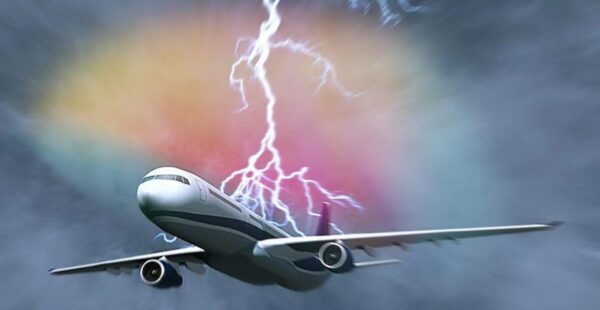Lifestyle
Terrified of a plane crash? Here’s how to cope with flight anxiety

If you’ve felt uneasy or outright terrified at the thought of flying, especially after hearing about a recent plane crash, you’re in good company.
Many people, even those who’ve flown dozens of times, suddenly find themselves gripped with fear. “What if it happens to me?” “How do planes even stay in the air?” “Maybe I should just take a night bus.”
These thoughts are natural. Tragic events like plane crashes shake us deeply, not just because lives are lost, but because they tap into our sense of vulnerability.
And in a country, where trust in infrastructure can already be shaky, it’s not surprising that some of us are now side-eyeing airports and praying extra hard before takeoff.
Why you’re feeling this way
It’s a form of vicarious trauma, where you internalise the fear and begin to anticipate danger even in safe situations. This fear is often amplified by graphic videos, photos, or constant speculation on social media. ![]()
But how safe is flying, really?
We’re not saying fear isn’t valid, we’re just saying it’s not logical.
So what can you do if you’re now afraid to fly?
1. Limit your exposure to graphic news
Watching crash videos on repeat or refreshing X (formerly Twitter) every two minutes won’t help. Stay informed, yes, but protect your peace too.
2. Talk about it
3. Learn how flying works
4. Choose your seat wisely
5. Practice grounded breathing
A note to frequent flyers who suddenly feel afraid)
Your fear doesn’t mean you’re weak. It just means you care, about life, about safety, about the people waiting for you at the other end of your journey.
In the end, you may never love flying, and that’s okay. But don’t let fear rob you of experiences, opportunities, or reunions with people you love. Flying, as nerve-racking as it can be, is still one of the safest, fastest ways to see the world.
So if you find yourself praying from takeoff to landing, clutching the armrest, or humming praise songs under your breath, that’s fine. Do what helps you feel safe.
Breathe. You’ve got this.










